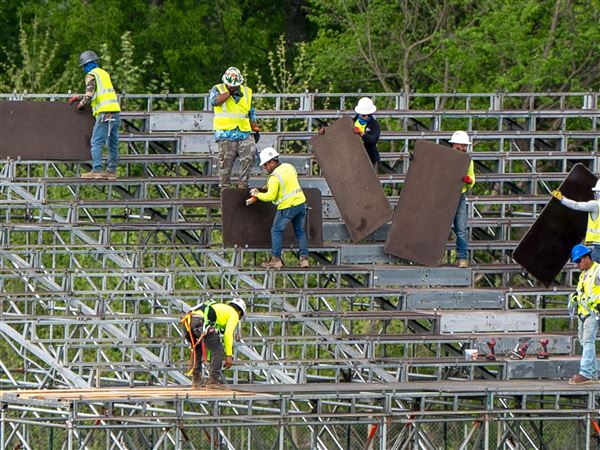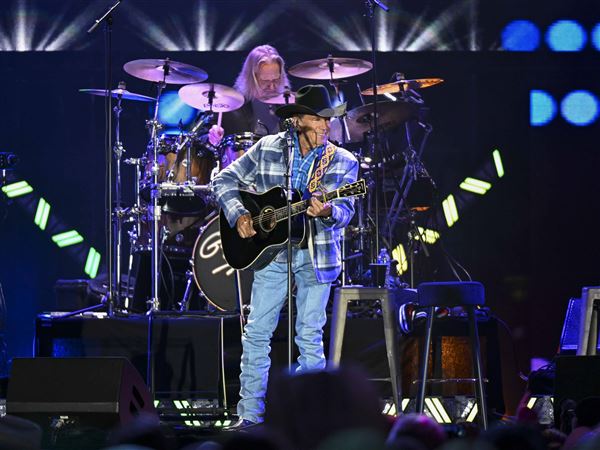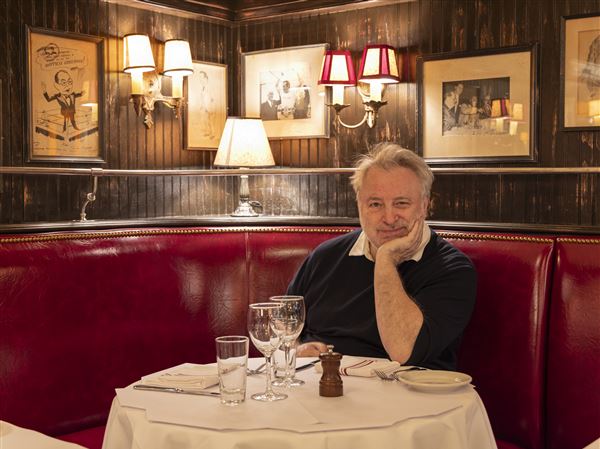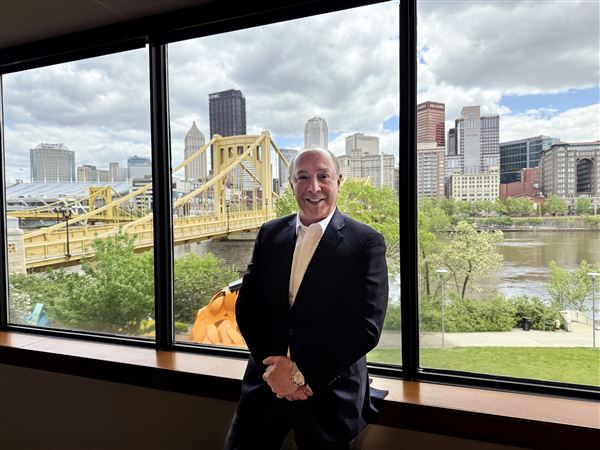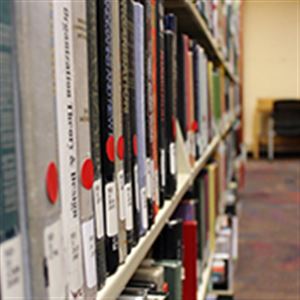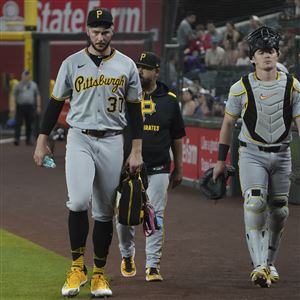On the edge of a wooded slope less than a hundred yards from Hampton High School lie Laverne and Shirley -- two very dead and intentionally placed deer who are decomposing at a predictable clip and have all but stopped stinking, much to the delight of the school's marching band.
"The band kids ... do they still walk past here?" Hampton science teacher Bill Brown asked his anthropology students as they filed away from taking their daily peek at Shirley, a 100-pound doe who had an unfortunate encounter with a motor vehicle about two weeks ago near a deer crossing sign along Mount Royal Boulevard.
"Yes," yelled one girl in the back. "And it smelled pretty bad out here on Friday."
Nearly everything about Shirley's after-death experience so far is right on schedule, Brown said.
Laverne, who befell a similar fate along a road near North Park in McCandless one day after Shirley, offered up a surprise, though.
When Brown placed her body in the sun, he expected the heat and light to keep insects away and slow decomposition.
He was wrong.
"It was rainy last week," he said as he took photos he'll use later when he puts together a slide show of the experiment.
Laverne and Shirley are Brown's classroom version of the popular crime scene investigation television shows that focus on forensics experts who solve crimes.
Brown, who donned a black "CSI" baseball cap and palmed a metal penlight Tuesday admits he is capitalizing on the crime scene shows even if he doesn't watch them.
"Those shows drive me nuts," he said, smiling at his students. "It's bright and sunny out, and there they are outside with their flashlights."
In his class, after students document the various stages of decomposition, they'll clean the deer bones and reassemble them in the classroom.
So far, they know the manner of death, Brown said. Car versus deer. The goal is to find out which physical injury caused the deer's death.
Brown added this real-life forensics unit to his anthropology classes last year. He got the idea after reading a book written by a nationally known forensics expert associated with the famed "body farm" at the University of Tennessee.
At the body farm, forensics researchers place donated bodies in a multitude of scenarios and expose them to the elements to re-create situations that police and medical personnel are likely to encounter in the real world. Ultimately, what they learn can help investigators solve crimes and make positive identifications.
Given the popularity of the crime scene shows, Brown figured he could make science fun by tapping into a cultural interest.
This time, he was right.
"I wanted to kick my class up a notch, and the kids are fascinated by it," Brown said.
The anthropology course is an elective for sophomores through seniors, so students who are in Brown's class choose to be there. And he doesn't force them to look at the deer if they don't want to.
Last year's students must have liked their experience because enrollment went from about 20 to nearly 40 this year, Brown said.
The bones from last year's deer sit in two cardboard boxes in Brown's classroom. The students determined that one deer, a buck, died from a variety of injuries, including a broken back and fractured skull. The other deer was more of a challenge.
After close examination, the students didn't find any broken bones, but they saw that the deer had a deformed antler, probably caused by disease, and a deformed hoof. The worn and fragile bones revealed the deer likely was older and had hobbled around for some time.
The students concluded, and Brown agreed, that the deer probably just laid down one day and died.
Junior Kara Zang, 16, and senior Lauren Mazzotta, 17, both said they like Brown's CSI approach to anthropology.
Mazzotta heard about the deer experiment last year and laughed at Brown's response when she told him she was taking his course.
"He told me to keep my eyes out for deer," she said, smiling.
While the body-farm approach might seem odd to some, Hampton High School Principal Jeff Finch said he didn't hesitate to approve Brown's request.
"Watching the kids run outside on the first day of school ... this may be that unique connection that makes them like science," Finch said.
The school offers several topic-specific electives, including a Civil War class.
A major league baseball class shows, in part, how the sport reflects social and economic trends. In a World War II oral history course, students collect first-person stories from veterans, Finch said.
Classes with nontraditional approaches, such as Brown's anthropology course, are encouraged because the school wants to offer students more than the basics, Finch added.
The deer and other roadkill skeletons that Brown asks his students to analyze definitely offer more than any standard curriculum could give them, he said.
"I don't have a text and I don't want one," Brown said. "They're always digging up something new in Africa -- well, something old -- and the dates are always changing.
"This is so much fun because it's so different."
First Published: September 8, 2005, 4:00 a.m.


